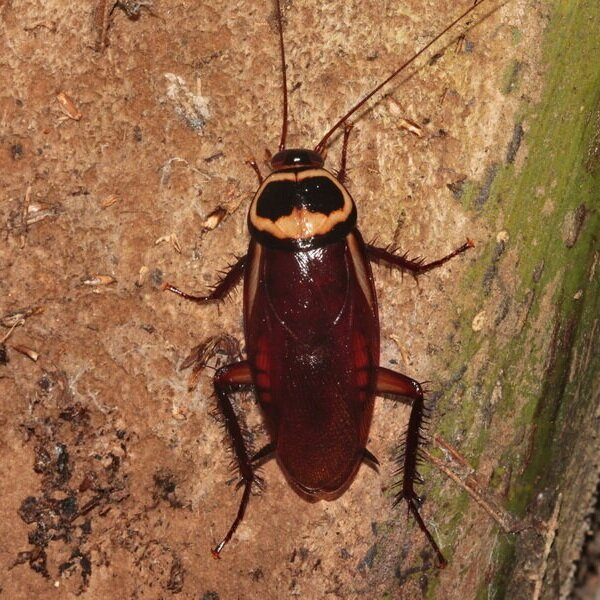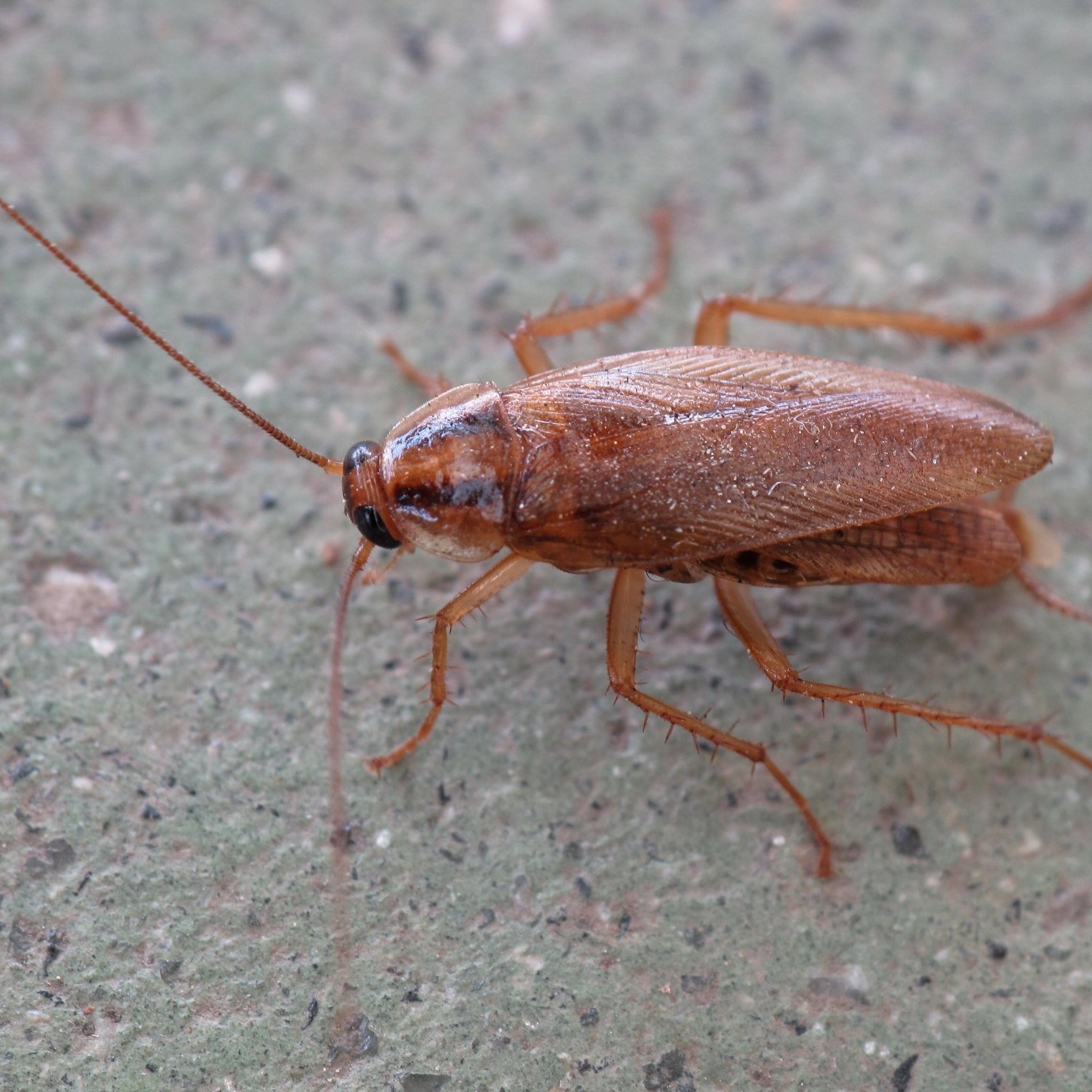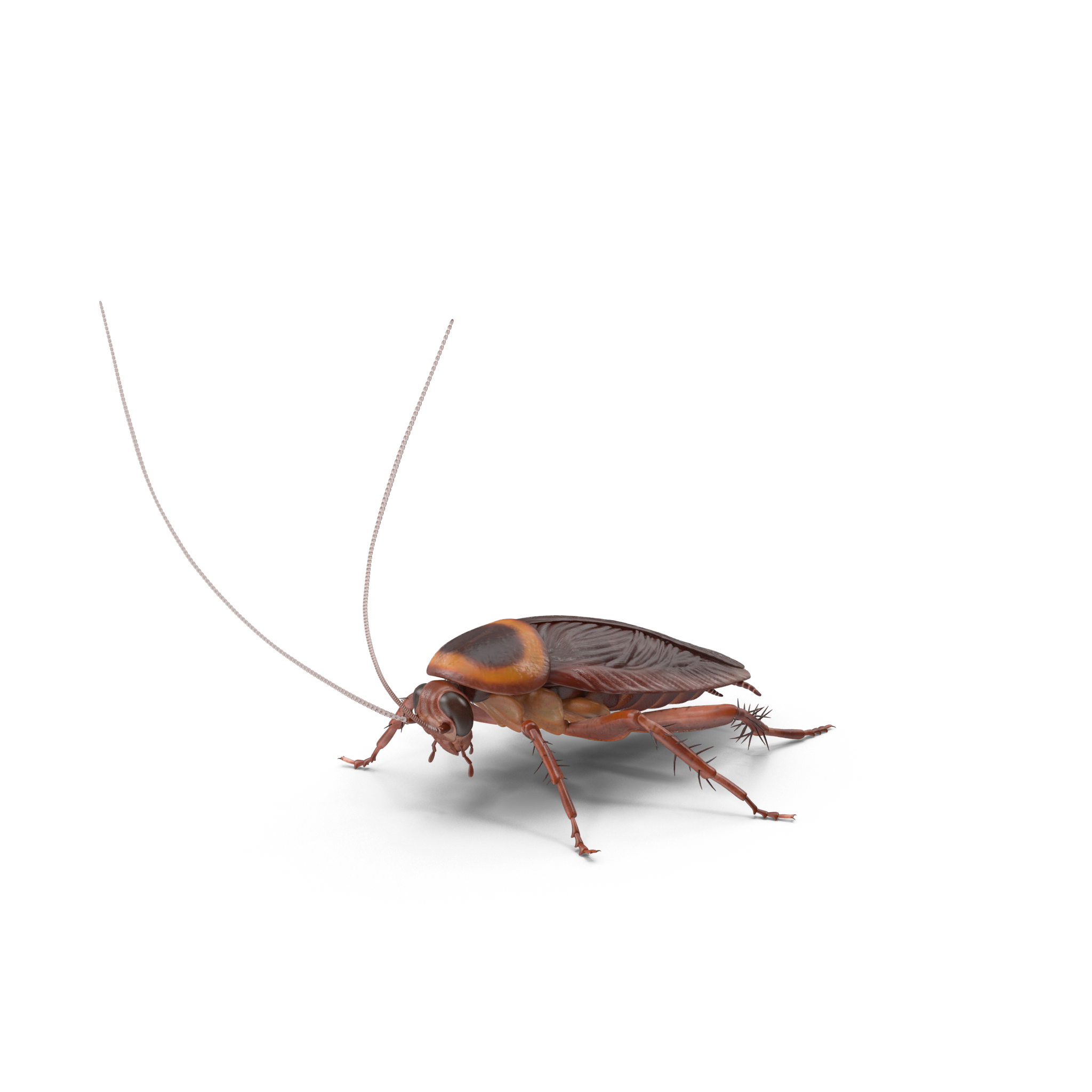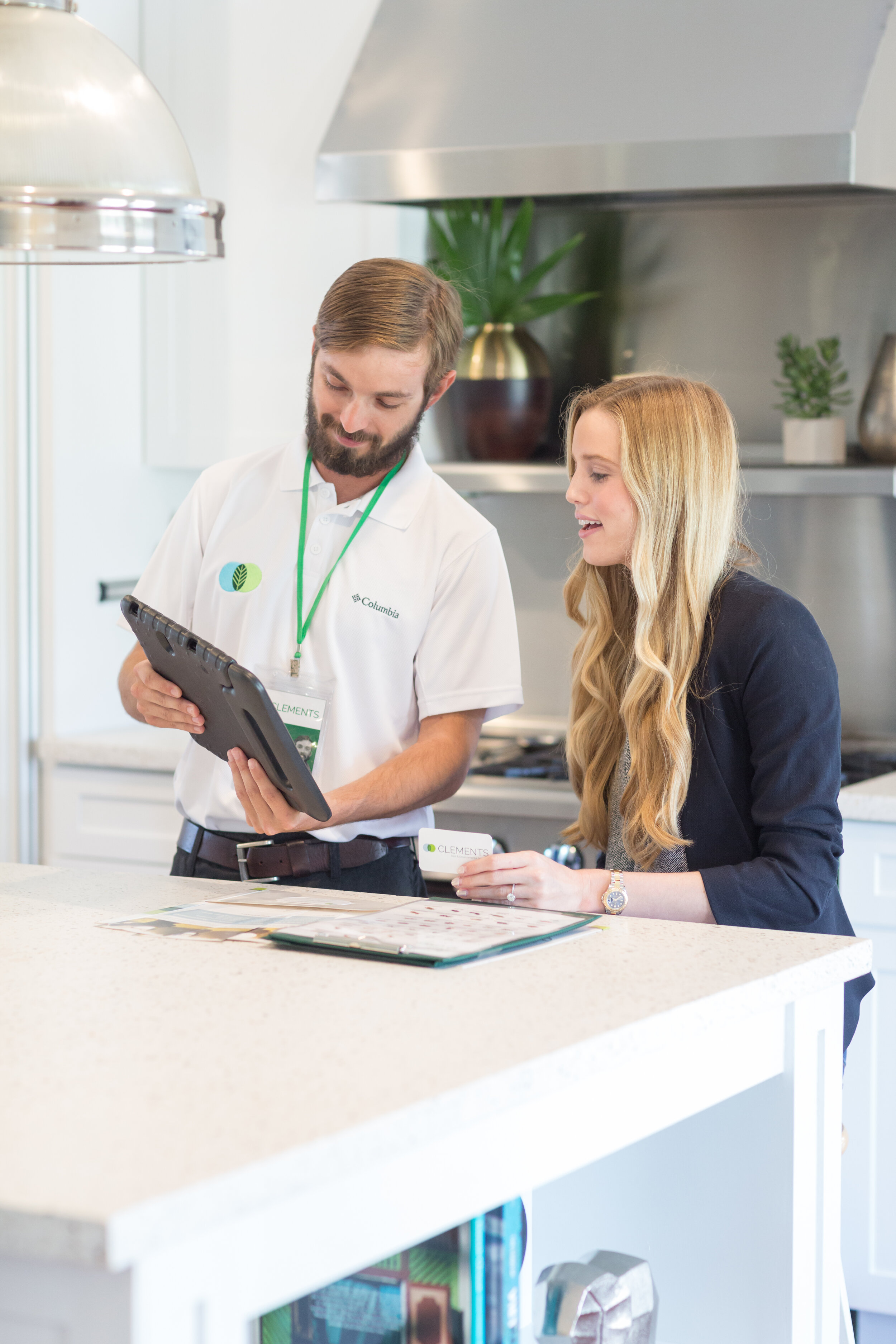Introduction to cockroaches
How common are they?
Cockroaches are among the most common pests in households and commercial establishments. Not only is their mere presence a nuisance but they are known to be capable of carrying many common disease pathogens as well as causing allergic reactions in many people. The more common of such disease pathogens include bacteria in the genera Salmonella (food poisoning), Staphylococcus, Streptococcus, Coliform, Bacillus, and Clostridium, the bacteria Escherchia coli (diarrhea) and Shigella dysenteriae (dysentery), the protozoan-caused parasitic toxoplasmosis, and hepatitis B antigen. Other diseases now of minor importance in the United States include cholera, plague, and polio.
Of the approximately 4,000 living species of cockroaches in the world, roughly 70 inhabit the United States. Only a few of these cockroach species inhabit dwellings. The more common are the American, Australian, German, Oriental, and Florida Wood (aka Palmetto Bugs). By far, the most common is the German cockroach, which are smaller in size and harder to control.
American Cockroach
Australian Cockroach
German Cockroach
Florida Woods Cockroach
Biology
Cockroaches have simple metamorphosis: egg, nymph, adult. Nymphs and adults are usually similar in appearance except for size and the typical addition of wings in the adult of most species; all newly emerged cockroaches are white, but will assume their typical coloration within a few hours as their cuticle hardens. They are gregarious, thus all stages and instars are found together in their preferred harborages, except that they tend to be size segregated by crack/crevice thickness. Domestic species are nocturnal or active at night but will be found out during daylight when the infestation is very large and acceptable harborages are filled to overflowing with cockroaches.
Females produce egg-containing cases. Each case contains eggs arranged in 2 parallel rows opposite each other and may contain as few as 4 to as many as 60 eggs, depending on the species. The ootheca is usually dropped or glued to some surface in a sheltered situation near a food source within a couple of days following formation. However, the German cockroach carries its ootheca until 24-48 hours before the eggs hatch and the nymphs emerge. Members of the family Blaberidae have the ootheca briefly protruding during its formation, then retract it into a brood sac, incubate it, and when the eggs are ready to hatch it is again extruded. The nymphs free themselves as the ootheca is forced from the brood sac and drop to the surface giving the appearance of live birth. Some species retain the ootheca, incubate it, and give birth to live nymphs.
Egg production without fertilization does occur in American, brown, brownbanded, Florida Woods, German, oriental, and Surinam cockroaches. Egg capsules produced this way usually fail to hatch or produce only a few nymphs. Developmental time (egg to adult) is strongly influenced by temperature and humidity. It can be as short as 53 days for the German cockroach to as long as about 2 years for the oriental cockroach. Both the developmental time and the preferred harborage areas reflect the tropical or subtropical origin of cockroaches. In general, a high temperature and a high relative humidity are preferred in harborage areas and will shorten developmental time.
Habits
Cockroaches spend about 75% of their time in crack and crevice harborages into which they can just squeeze. The most preferred harborages are those of the proper size that are located nearest food and water sources but which are warm and have a high relative humidity.
Clements approach to control
Prevention: This consists of inspecting all incoming items for cockroaches and making sure that the building is in good physical condition to reduce entry.
Proper Sanitation: Such practices reduce the amount of available harborage, food, and water.
Inspection: We will provide a complete inspection using a flushing agent and flashlight to identify hot spots and target areas of an infestation. This is the key to successful control because it determines which species are involved and where the infestations/populations are and therefore, where treatment is required.
Initial Insecticide Application: This utilizes residual baits, insect growth regulators (IGR’s), liquids, aerosols, and/or microencapsulated pesticides usually placed in cracks and crevices but occasionally on surfaces or in voids, and the dusting of appropriate voids.
Follow-up or Maintenance Services: Such service consists primarily of inspecting with a flashlight and flushing agent and/or the use of monitoring traps to find missed or newly introduced cockroaches, and treating any active infestation found.
Schedule a free inspection
When you meet with our team, we’ll greet you with a smile, address your needs and answers any questions. No pushy sales person or high pressure tactics. For many treatments, we can even start them at the time of your consultation.
FREE 25 POINT INSPECTION REPORT
GUARANTEED WARRANTY
START YOUR INITIAL SERVICE
ROACH CLEANOUT CHECKLIST
If you have already scheduled a Roach Cleanout service with our team of dedicated professionals, click the button below and follow the instructions in preparation of your scheduled appointment.







